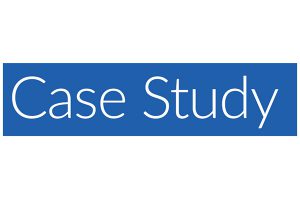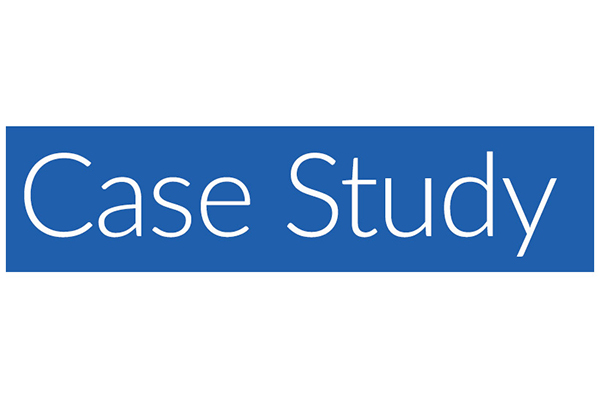
The Client
An urban community hospital with a Level I Trauma designation; its patients are primarily Medicare and Medicaid beneficiaries. The client is a major provider of dialysis treatment and ambulatory care services, with more than half a million outpatient visits annually. It is one of the largest providers of mental health and dental services in its service area. Affiliated with two medical schools, the facility trains approximately 250 physicians each year and offers residency programs in a variety of disciplines. The hospital has over 2,500 employees, with a heavily unionized workforce.
The Challenge
Our client needed to take aggressive steps to remain an independent operation while facing significant merger pressures. After restructuring significant debt, leadership at the hospital recognized that financial success would be short-lived if significant changes were not made to existing business practices; supply expenses were second only to labor expenses and were managed inefficiently.
Specific issues included surplus inventory as a result of unmanaged PARs, obsolete or expired excess inventory, contract negotiations, nonexistent or obsolete supply chain policies and procedures, a lack of price monitoring that resulted in inconsistent pricing or paying list price for products, and a lack of maintenance and systems integration that compromised data integrity.
Our Approach
Based on a detailed assessment, we determined that our client could increase overall efficiency by implementing various initiatives throughout the supply chain, including projects in purchasing, value analysis, materials management, and sterile processing. Additionally, Nexera would assume management of employees working in each of these areas. We reorganized the structure of the purchasing department to include additional contract and data positions with oversight of the materials management information system. Nexera also assumed management of receiving and distribution throughout the entire hospital system as well as OR materials management and sterile processing.
Nexera’s physician-led value analysis program was established, with committees for Business Services, Perioperative Services, Medical/Surgical, and an Executive Steering Committee, which included both physician chairs and C-suite leadership.
The Results
The purchasing team oversaw a group purchasing organization conversion that yielded over $1 million in savings on pricing alone. Additionally, the Item Master was cleansed and supply chain technology was successfully implemented.
Within the first contract year that Nexera staff assumed management of OR materials management, over $100,000 of expired inventory was pulled from the shelves. We also were able to identify an estimated $1 million in savings through the management of excess or obsolete inventory.
Within a three-week period of managing the sterile processing department, we worked to eliminate expired inventory, physically reorganize the department to enhance workflow, and improve operational efficiency to better support the OR. Nexera has provided a transition manager to oversee daily operations, establish policies and procedures, meet Joint Commission standards, and redesign the physical department. Upon completion of these 12-month initiatives, Nexera will help the client hire a sterile processing manager to take over the department.
The Nexera-guided value analysis program has helped the client identify almost $5 million in savings, with about $2.25 million already in some phase of implementation.



Comments are closed.